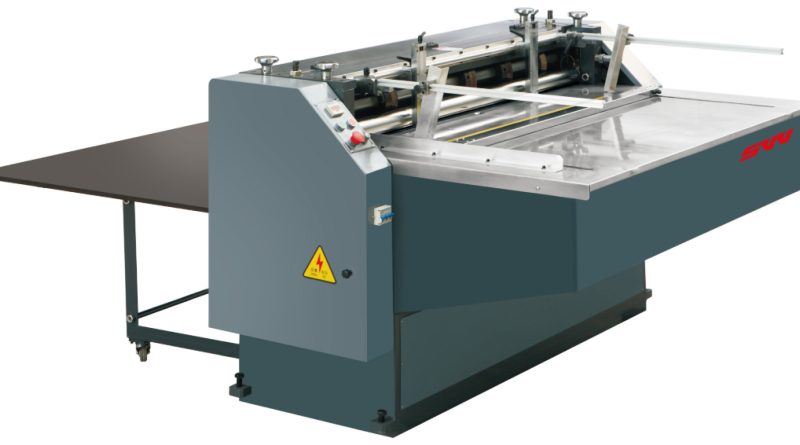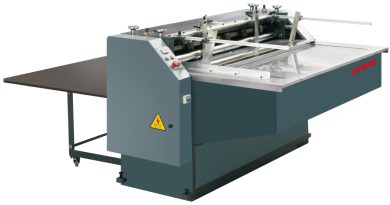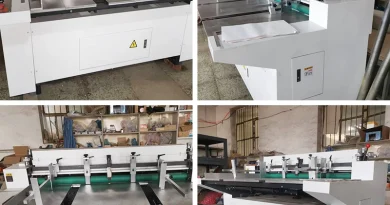“Revolutionizing Packaging Production: The Cutting-Edge Technology and Efficiency of Modern Cardboard Slitting Machinery”
In today’s fast-paced manufacturing world, cardboard slitting machinery represents a cornerstone of efficiency and innovation in the packaging industry. This specialized equipment is designed to cut large sheets of cardboard into precise widths and lengths, facilitating the production of boxes and other packaging materials at an unprecedented scale. This article delves into the significance, operation, and recent technological advancements of cardboard slitting machinery, underscoring its vital role in meeting the ever-growing demands of the global market.
The Significance of Cardboard Slitting Machinery
Cardboard slitting machinery is crucial for the mass production of packaging materials, enabling manufacturers to quickly and accurately resize cardboard sheets to specific dimensions. This not only streamlines the production process but also significantly reduces waste, making it an environmentally friendly solution. The machinery’s ability to handle high volumes efficiently meets the needs of industries ranging from e-commerce to consumer goods, where timely and cost-effective packaging is paramount.
Operation and Versatility
The operation of cardboard slitting machinery involves feeding large sheets of cardboard through blades or lasers that slit them into predetermined sizes. These machines are known for their versatility, accommodating various thicknesses and types of cardboard. Modern slitting machines are equipped with advanced features such as adjustable blades and automated feed systems, allowing for customization and flexibility in production.
Technological Advancements
Technological advancements have greatly enhanced the capabilities of cardboard slitting machinery. Innovations such as computer numerical control (CNC) technology and programmable logic controllers (PLCs) have introduced greater precision and control, enabling the production of highly accurate and consistent cuts. Moreover, the integration of automation and smart sensors has led to improved efficiency, reducing manual labor and minimizing errors. These advancements have not only optimized production processes but also contributed to the sustainability of manufacturing operations by reducing waste and energy consumption.



